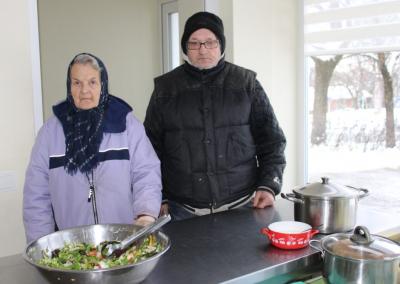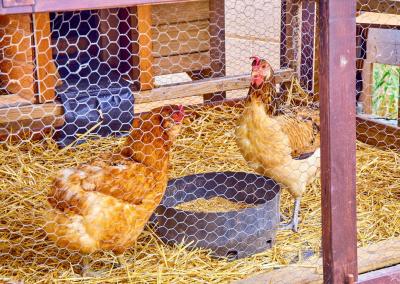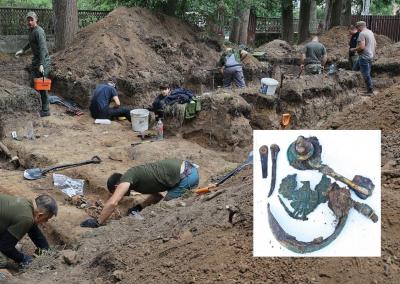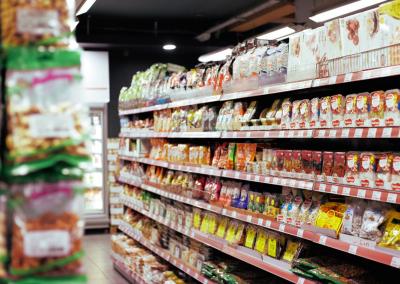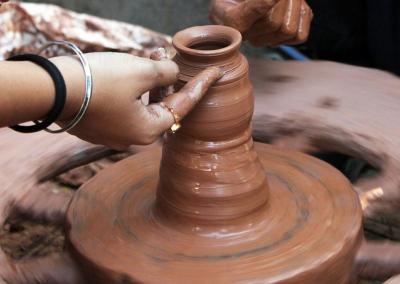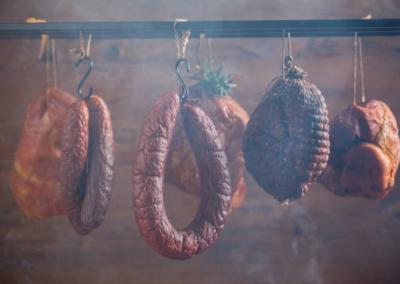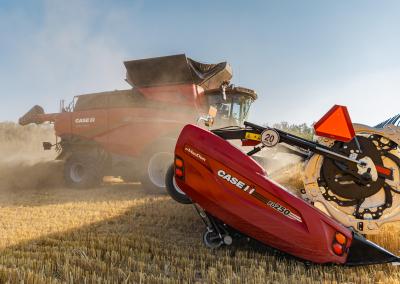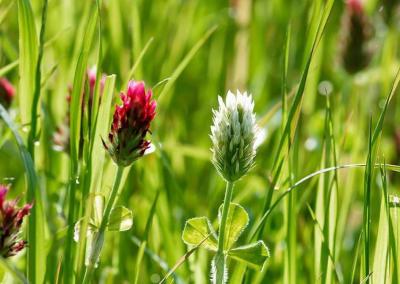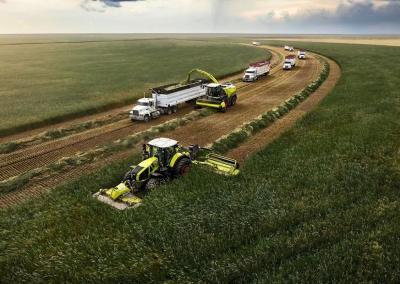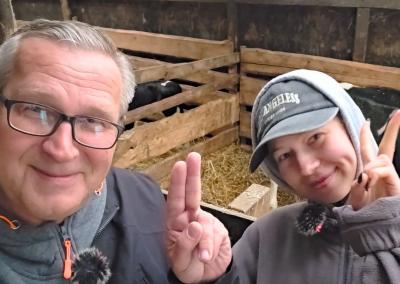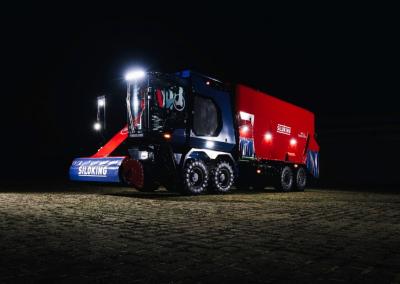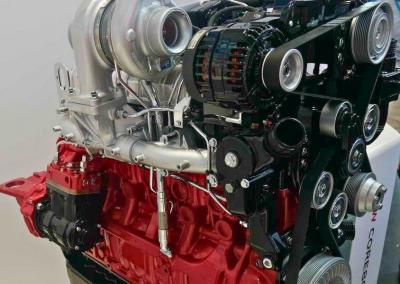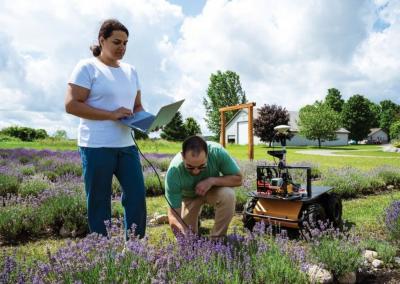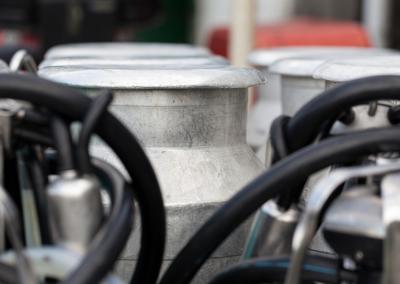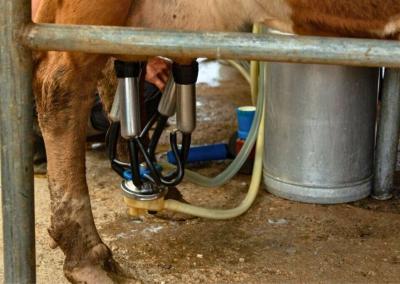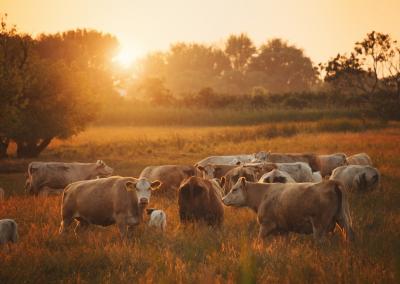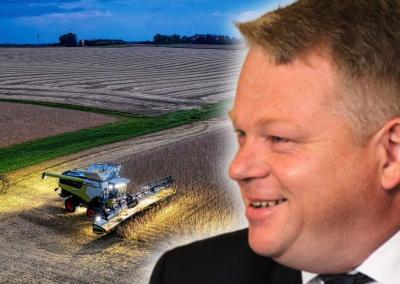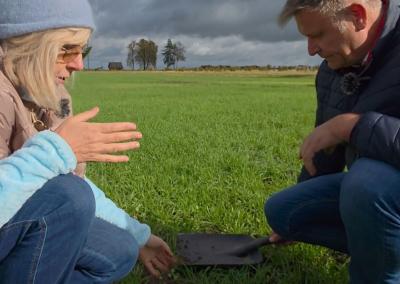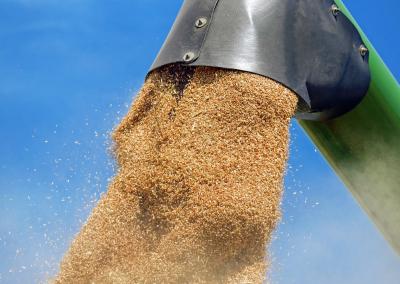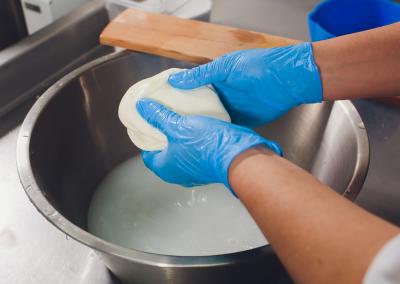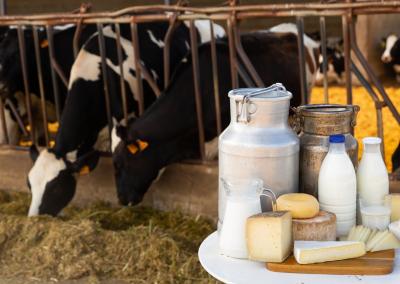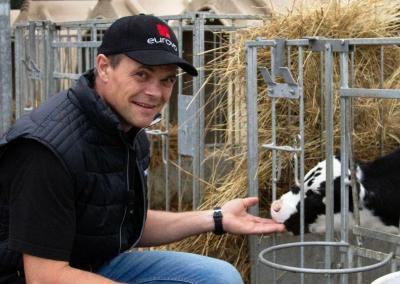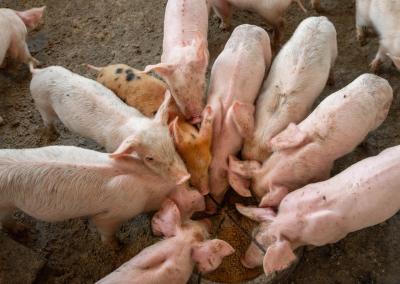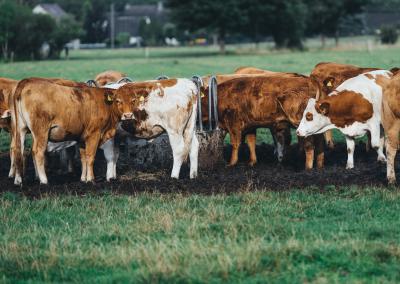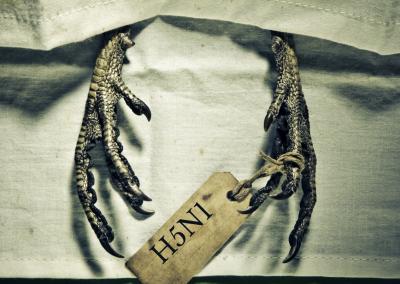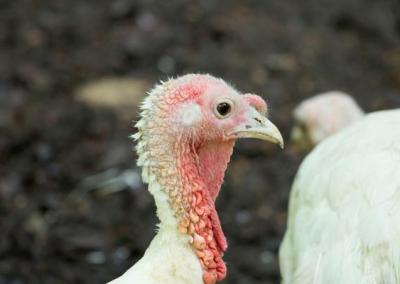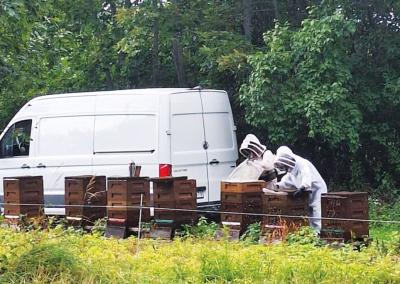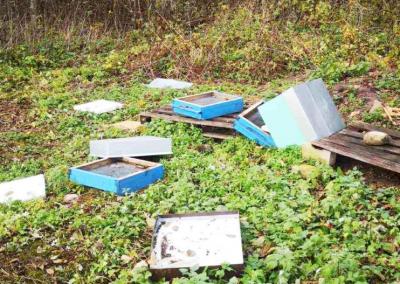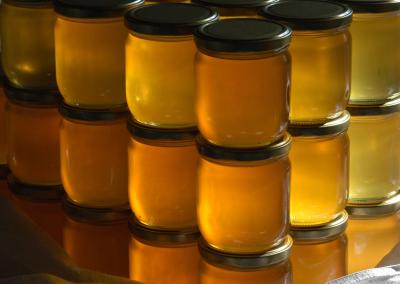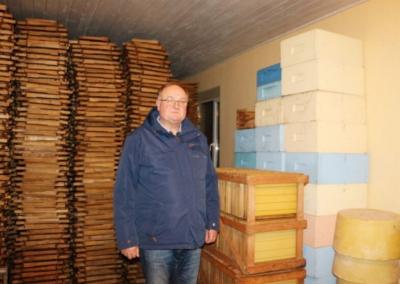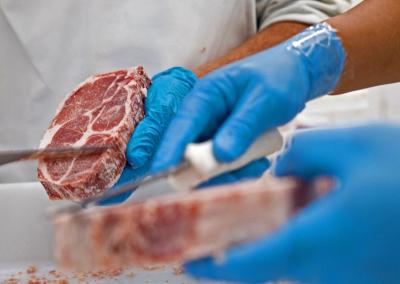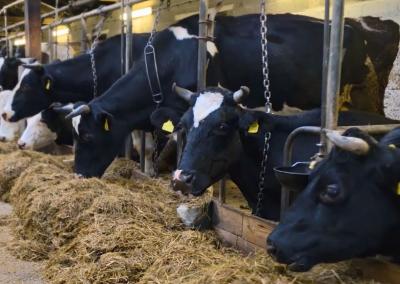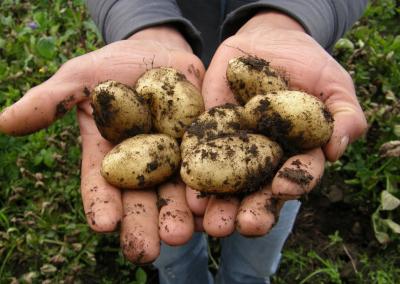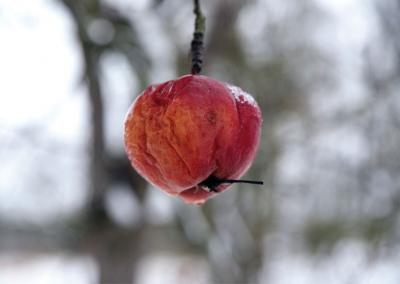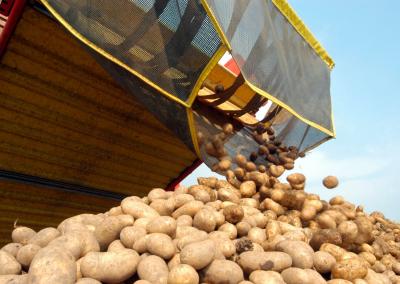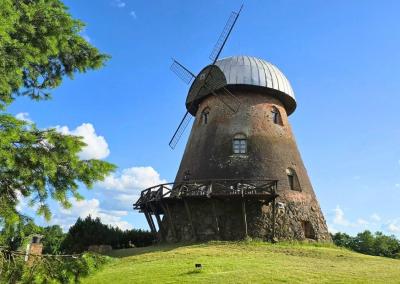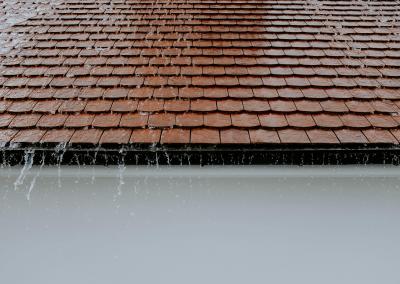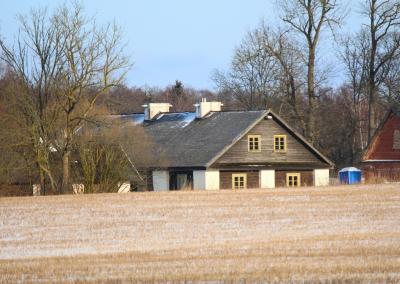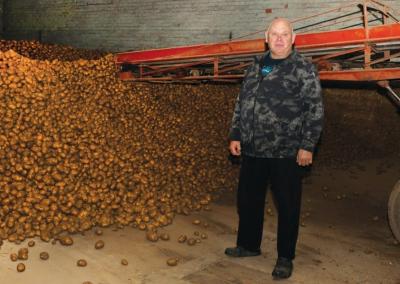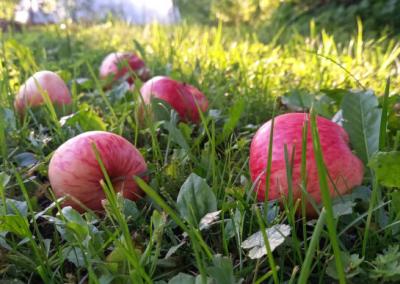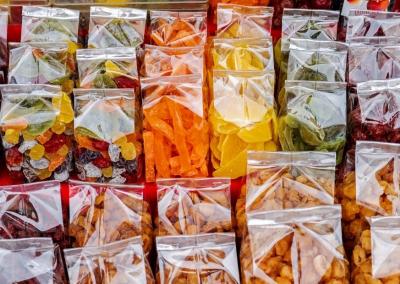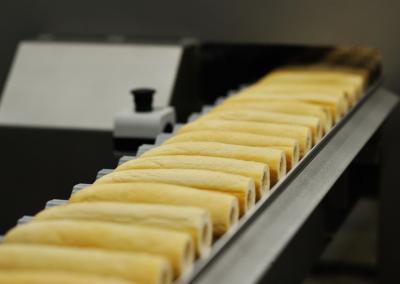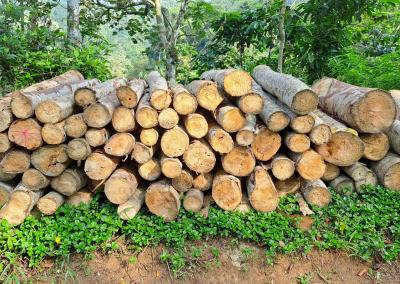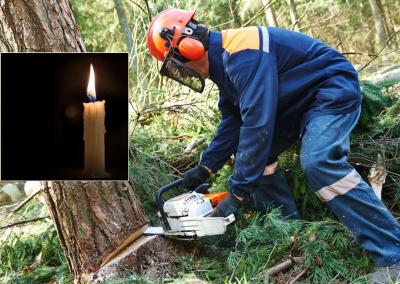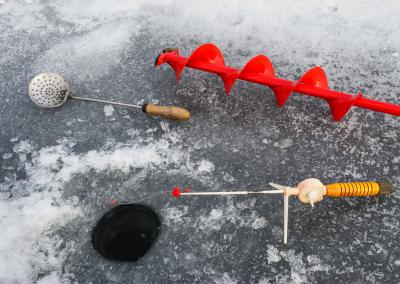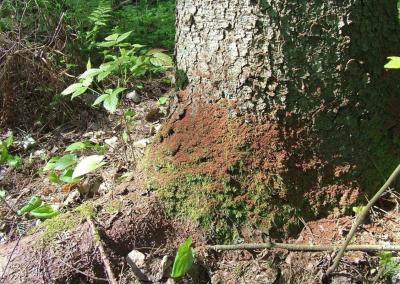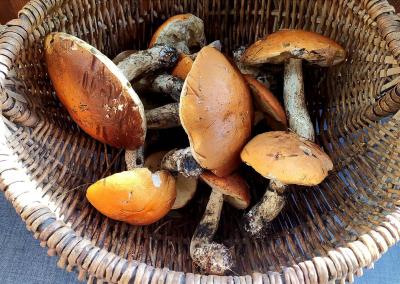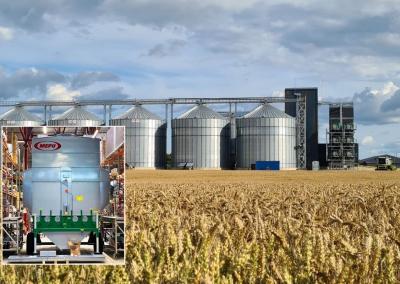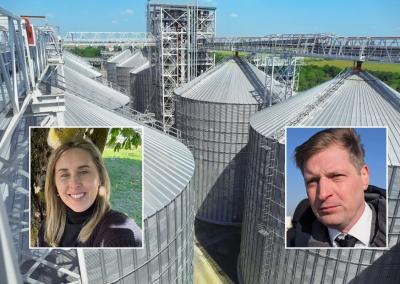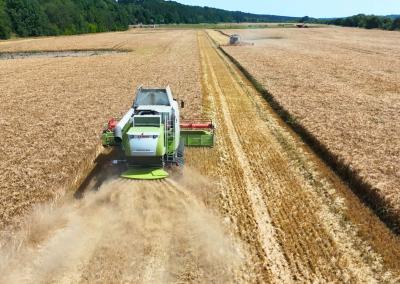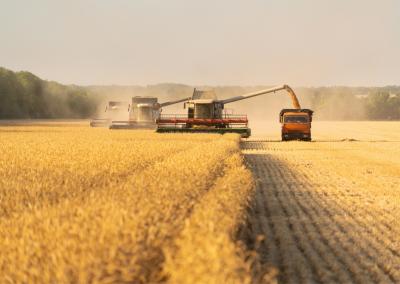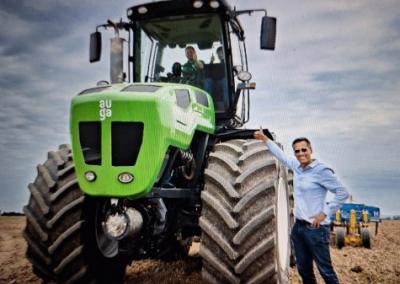Harvest is over - how was the season?
This year's harvest will be remembered as one of the most difficult in recent years. Spring frosts, hail and prolonged heavy rains have not only altered harvest dates but also farmers' own plans. While some areas enjoyed average or even good results, others were left in the fields or suffered from poor quality. We talk to Audrius Vanagas, Chairman of the Lithuanian Cereal Growers' Association, about the challenges of this season, the lessons they have taught farmers and how they have coped with them.
How do you assess this year's harvest season? What was it like?This harvest season has been exceptional as never before. It started at least 2-3 weeks late in some regions. In some places, hailstorms whipped up the immature grain, meaning that some farmers had their crops destroyed before they were even ripe. This was followed by heavy rains which prevented access to the fields in good time at the end of maturity. Even now, in some fields or parts of fields, it is still impossible to drive harvesters in. As a result, in some parts of Lithuania the harvest has not yet been harvested.
This year's delay in the spring has also changed the optimum sowing dates for oilseed rape. Some farms have practically stopped sowing rapeseed, while others have sown only half or less of the planned area.
It has been a difficult season. It started with frosts in the spring, which froze part of the crop, and ended with a difficult harvest due to the prolonged rainy season.
Which crops performed best this year, and which ones disappointed?
It is still difficult to identify this year's exact harvest totals and how they look in the context of recent years, as much of the harvest is still lying in the granaries and farmers are still calculating and keeping track of their farm's performance. We can see that each region and even each farm is different. In some places it rained more at the time of crop maturity, in others less. There were places where drought stress was a major factor for the plants, which is hard to believe looking at this season, but it was the case, and the soil monitoring stations confirm it. For example, rapeseed yields are average or even good if the spring frosts have not affected the rapeseed crop. For wheat, although record yields were forecast, and record yields were recorded in some places, overall the yields are not as impressive as hoped. The wheat harvest can be said to be normal, average. It is true that the quantity of this cereal itself will probably be higher this year, i.e. more of it will be sold, but the fact is that, together with spring wheat, this crop has been sown on more than last year - some 900 000 ha. Pulses were also mixed. Some farmers who grew beans are very disappointed and say they will not sow more. Others, on the other hand, have produced average or even above-average yields. Some peas were not harvested at all, but only shaved off with a disc harrow and applied to the soil as green manure, for the reasons mentioned above. Those who did succeed were lucky, harvesting an average yield. How do you rate the quality of the cereals? Is it in line with market expectations? Wheat quality is good, at least where the rains have not been prolonged and have not caught us in time for harvest. However, in Samogitia, unfortunately, it was the above second-class units that threshed, and most of them went to feedlots. But it is too early to draw concrete conclusions, as a number of farms have not yet sold their harvest and are storing it in warehouses. It is, however, possible to make a preliminary observation that oil content of oilseed rape, for example, is above average. For wheat, the protein content is one percentage point higher, but the number of knots and falls is lower. Thus, this year, the silos were indeed able to buy grain of different qualities for blending. This year, grain buyers have introduced additional price tiers. How has this affected farmers? Grain buyers are looking for the most suitable grain for them and are willing to pay for this – they apply a bonus for meeting a certain parameter. This is not new. Procurement in general is carried out according to standards. Although deviations certainly occur. For example, the treatment of impurities is not uniform. That is to say, there is a set amount of impurities that can be used, but purchasers take a different view of the level of impurities that is exceeded and apply penalties. Such ambiguities occur. The practice of awarding premiums for higher indicators is not as flawed as the ambiguous treatment of standards. Has the Lithuanian Association of Cereal Growers received any complaints from farmers about possible manipulation of buying-in rules? If so, which ones?
This season, a farmer contacted us because the elevator was refusing to buy triticale because of the 0.1% excess of vetch in the grain impurities, because it was a wild vetch, undesirable, and no one had noticed that it was a sowing vetch grown for seed. Even certified seed does not have such a limit – it can contain 0.3% impurities. Too strict a treatment of deviation creates unpleasant situations. There have been cases where one elevator found mould in rape and refused to buy it, only to find that everything was fine when it was taken elsewhere. In some cases, the germination of rapeseed was recorded and again refused, although it is not established what percentage of germination already prevents the sale, as the oil content of the rapeseed is assessed. During the season, all sorts of situations come up every year. Farmers are currently worried about the payment of cereals, as the law governing the payment of agricultural production was amended several years ago. It is now foreseen to pay within two months. As the harvest was significantly delayed this year, the payment is also delayed. And since this year's production is generally underpaid & prices are at decade lows, farmers' cash flow is disrupted. Meanwhile, commodity prices are at an all-time high. I would like to see all sides take a holistic and appropriate view of this situation. Do you think it is possible to limit the manipulation by buyers in some way?
There have been no major, exceptional manipulations this season. At least I have not heard of any systematic manipulation of the rules by any elevator. The Minister of Agriculture's order has changed the procedure for taking laboratory samples, extended the shelf life of the same samples, the requirement to seal the samples, the possibility of observing the testing process, and farmers who have doubts or disagreements about the determination of the quality can always go to arbitration with the State Office for Plant Production to resolve the dispute. Farmers have the tools to defend themselves. This year, however, it is perhaps the level of grain drying rates that should be singled out. Most of the grain went to the elevators wet this year, and buyers certainly took advantage of this situation to line their pockets. Drying rates are twice as high as in neighbouring countries and have put farmers under severe pressure. Many waited to harvest as dry a crop as possible, otherwise they risked getting nothing for it. In the end, a farmer who delivered wet peas even ended up with a negative bill. That's a shame, and it shouldn't have to be like that. How was the season for you? What have been the biggest discoveries, losses, disappointments? The biggest disappointments for me this year have been the quality of the wheat and the fact that I had to cultivate wet grain. As far as I have been working, I have never had wheat quality below second class before this year. It seems to have been harvested on time, but the quality is only third, fourth class – it is feed grain. On that side, it has been a disappointing season, especially as it will also have a financial impact. I did not escape the spring frosts, but fortunately the crops were insured. As for pulses, this year I grew beans, which had an above-average yield. All in all, it was a good season for me personally, if not for the fact that the harvest is wet and prices are at eight-year lows, while the raw materials needed are at a high level.![]()



